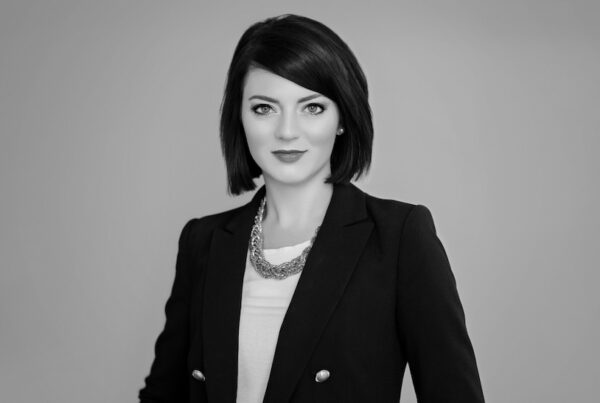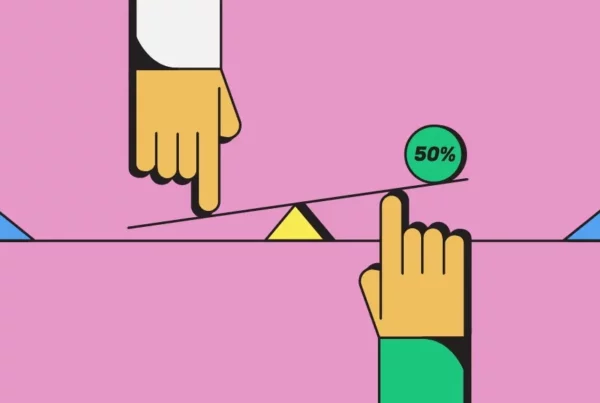News >

‘This Isn’t the Year to Take Baby Steps’: PHD U.S. CEO Catherine Sullivan Discusses Media Spending Heading Into 2H 2021
This article was originally published by Digiday.
It’s rare to find a media agency CEO with both selling and buying in their background.
Catherine Sullivan, CEO of PHD U.S., spent more than 25 years in ad sales for both Disney/ABC and NBC before switching to the buyer side in 2016 as Omnicom Media Group’s president of investment and, in 2019, chief investment officer. Now head of PHD since September 2020, she must consider clients’ broader needs as well.
“The road I’m traveling gives me a perspective that separates me from anyone else in the business,” said Sullivan. As a result, she’s intimately familiar with the buying and selling extravaganzas of the NewFronts and Upfronts. Here are some of her thoughts, lightly edited for brevity and clarity, on agency transformation, multicultural needs and being screen-agnostic:
How much of a contrast is there going from buying to selling, then oversight?
As CEO, it’s a balance of making sure my team is stacked well enough to ensure they’re providing thought leadership. This past year, it’s been a decade of transformation in one year. At the beginning of last year we were talking about commerce as this distant future, but if it isn’t part of your practice now, you better get moving because it’s here. We saw 20 percent growth in streaming year after year, and then suddenly it became 73 percent growth. Video is video and it doesn’t matter whether it’s in your living room or on your phone. If you don’t take that massive leap forward, you can be left 10 years behind. I truly believe this is not a year that you can take incremental or baby steps to how you’re going to spend your money in media.
How are your clients handling the change?
I take a look at our FMCG (fast moving consumer goods) clients from a commerce perspective, they’re further down the funnel than other brands. What I see is that commerce could be almost half of their media spend by 2023. Not all of them, but there’s an opportunity based on the growth we’re seeing now and the maturation of how they’re using it. Those relationships are getting very interesting because all those e-tailers and retailers are creating their own media channels. Everyone’s a frenemy now, and everyone’s in everyone else’s business.
DE&I-focused media spending is being talked about a lot this year. How is PHD involved?
The fact that multicultural budgets are still separate makes absolutely no sense, if we look at the complexion of the U.S. I had one client who I asked ‘Why are you only putting 5 percent of your audience against multicultural?’ They said that’s the number. But I told them that 30 percent of that specific brand’s consumer is Hispanic. Why wouldn’t you realize that’s where the growth is? That’s where the growth is in our population. When [the industry] moves away from demographics and starts looking at audiences, multicultural should be a layer on top of the audiences you’re building and shouldn’t be a separate conversation. The brand needs to stand for something and stand consistently. You can’t just show up for Black History Month and think you’ve done your job.
You say video is video — how do you approach the market that way?
The biggest issue our industry is facing is, even with the 73 percent migration from linear to streaming video, [the latter] has two-thirds less inventory to actually buy. That’s why you’re still seeing the amount of money showing up in linear TV. There’s just not enough opportunity to buy that quality inventory clients want. We’re talking to some production companies [studios, digital content companies and independent producers] directly about [co-creating], trying to figure out ways to get creative and to bring opportunities to clients.
You’ve done partner summits, which are like reverse upfronts, for a few years. Why?
Two months after I came from the sales side, I couldn’t remember who brought me which idea. Was it NBC, was it Google? If I couldn’t put it all together after the NewFronts and Upfronts, how will our clients? After that first year [of the Partner Summit] with just the big media companies, I realized I need Google here, I need Facebook here, I need to see what Vevo’s doing, and look at all the streamers no one knew about at that time. And our clients loved it. We actually got a lot of first-looks and did a bunch of deals. When Condé Nast put together their Prime Video package [in 2019], we took that off the market in 24 hours.


